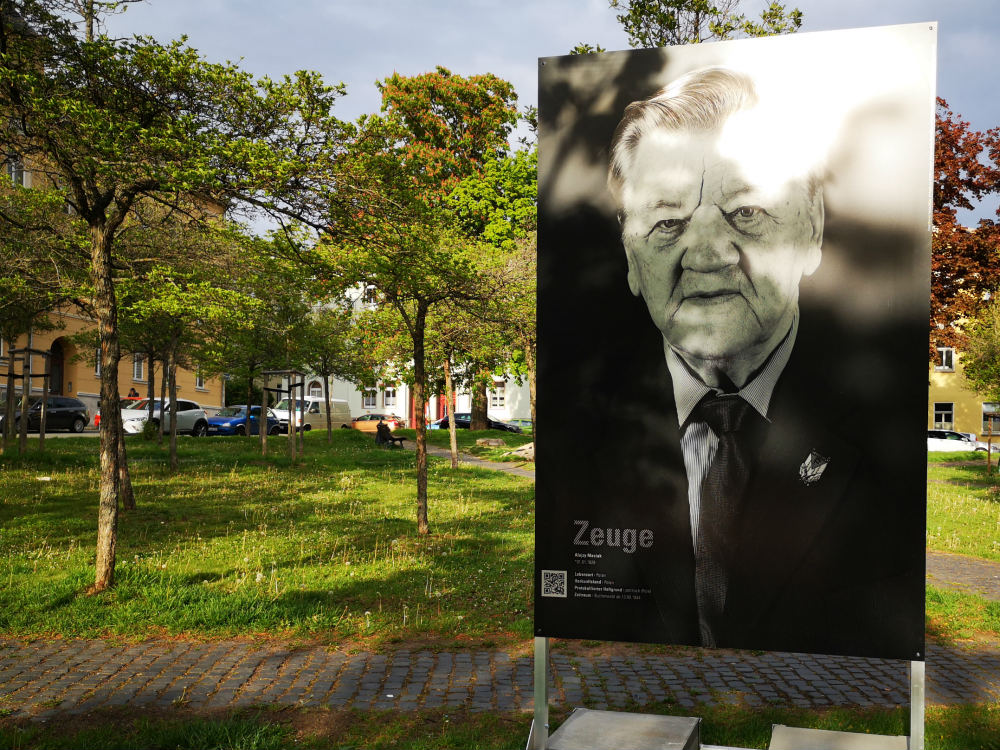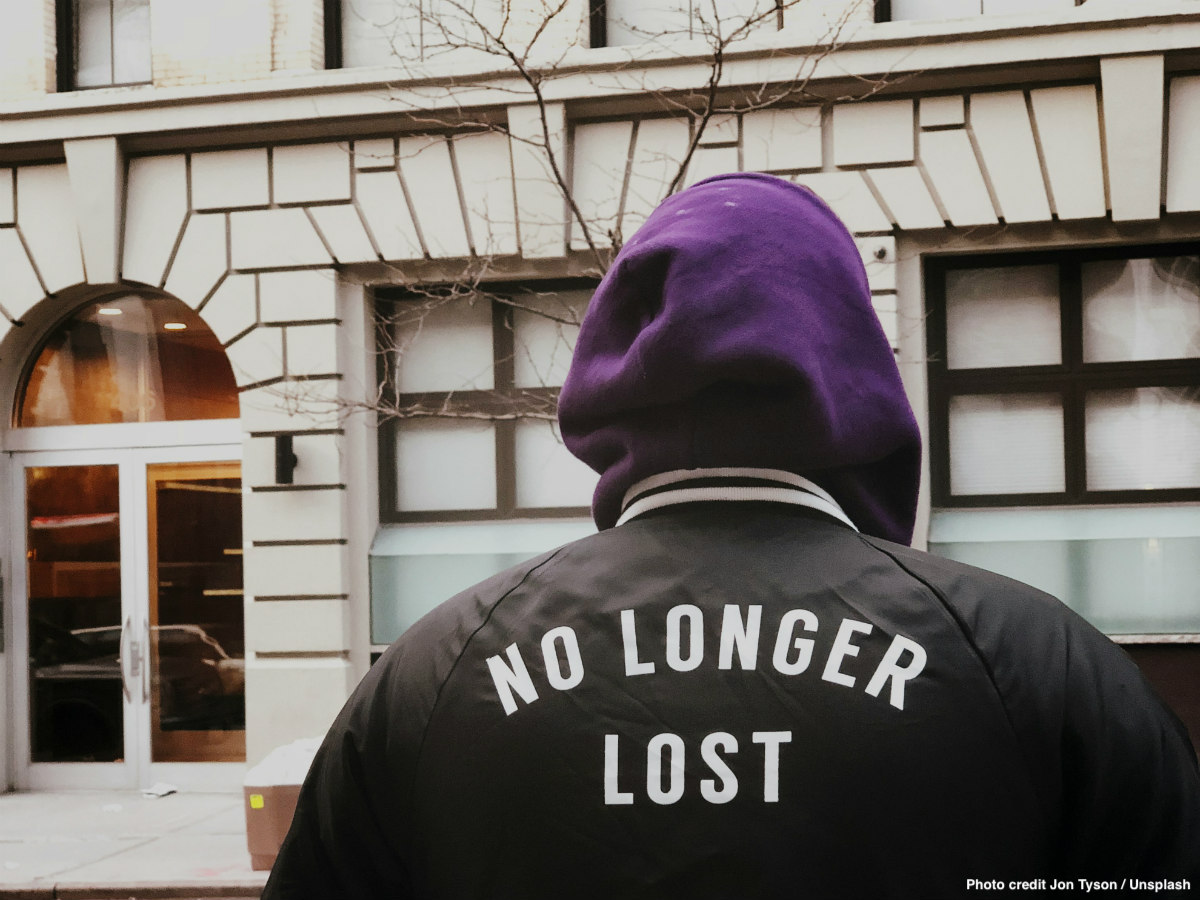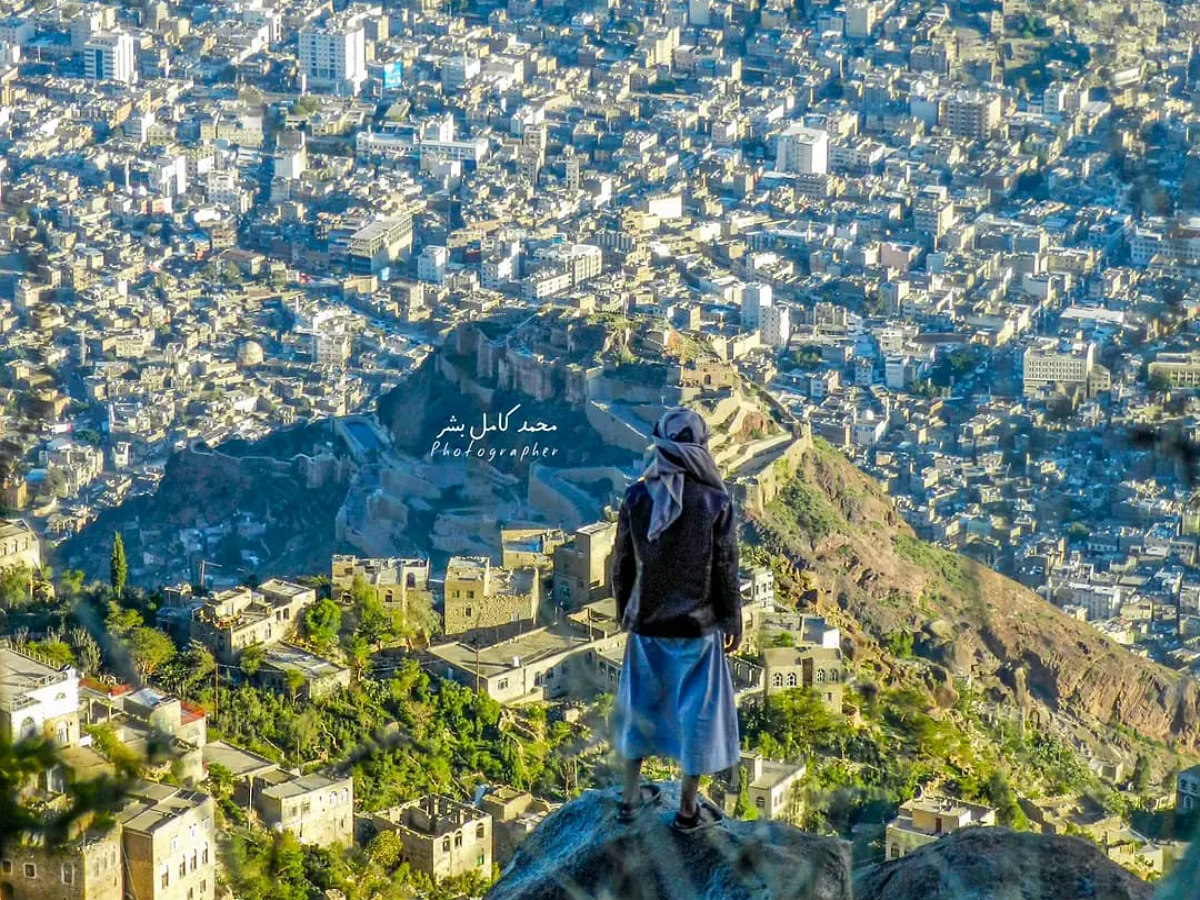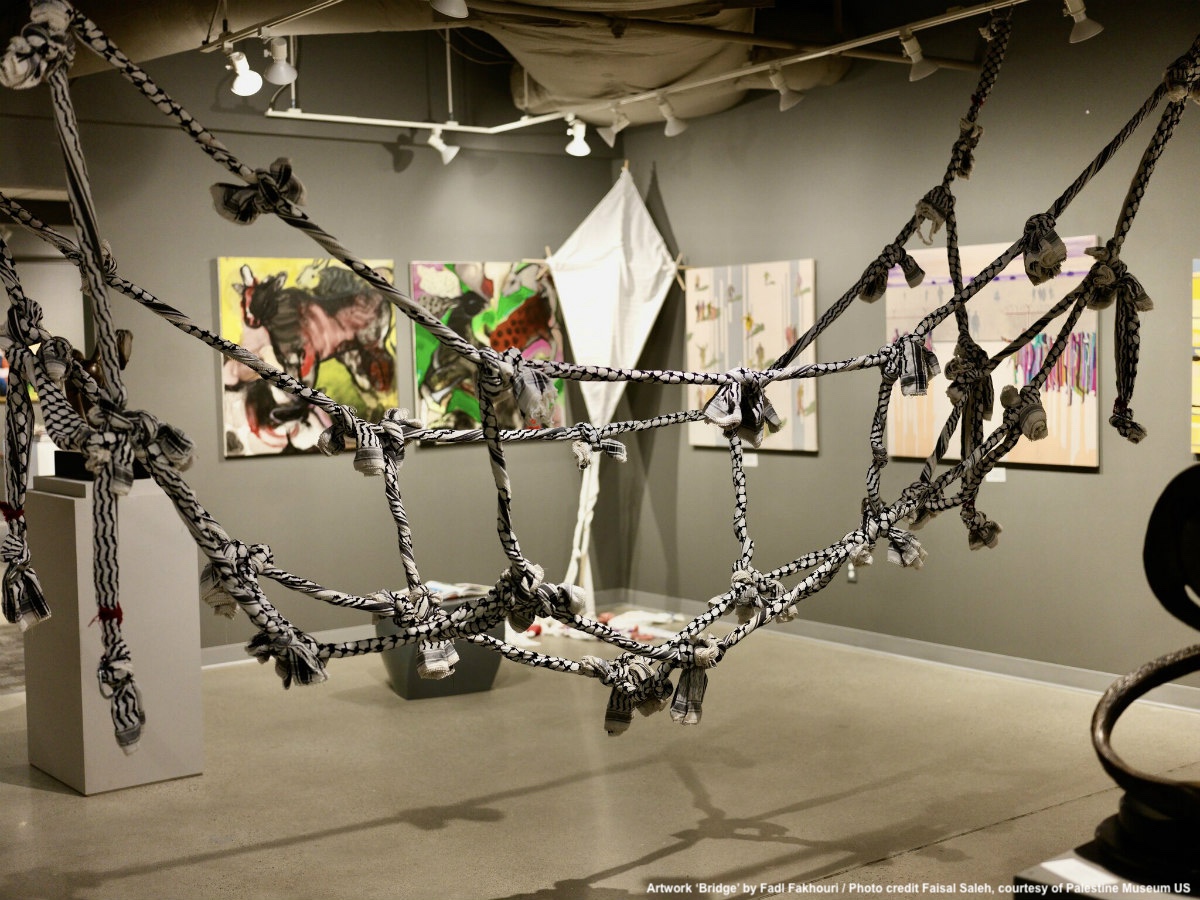The project called ‘Die Zeugen’ (‘The Witnesses’) in the city of Weimar shows the portraits of sixteen survivors of the Buchenwald concentration camp, at public space. This exhibition rounds off a year of celebrations throughout Germany of the centenary of the opening of the Bauhaus school.
Sixteen large-format photos confront the Weimar citizens and visitors with this part of the city’s history and invite them to pause and reflect.
Weimar once accommodated the most celebrated design school of the 20th century, which had a strong influence worldwide. This year, on its 100 Anniversary, the city is celebrating the humanism, enlightenment and modernity, which the Bauhaus school stood for.
However it also mirrored barbarism and genocide during the regime of the National Socialism. The Bauhaus school ended up closing down altogether in 1933 before the Second World War due to pressure from the Nazis.
During the war the Nazis built the Buchenwald concentration camp on Ettersberg near Weimar and since then belongs to the city’s history as well. At that time the inmates of the concentration camp were driven through the city and were thus visible to citizens.
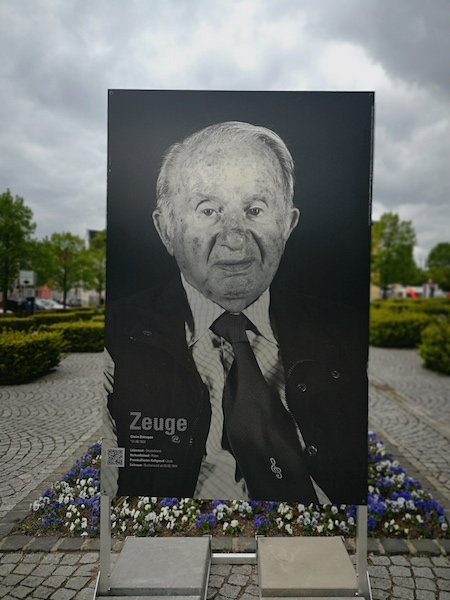
For several years, the Weimar photographer Thomas Müller portrayed survivors of the Buchenwald concentration camp in several countries. Now the way from Weimar central station to the city centre is lined with these different portraits. The larger than life photographs are printed directly on weatherproof aluminium panels and are therefore durable, robust and visible from afar.
The portraits aim at reminding citizens of the city’s history after 100 years of the Bauhaus school and reflect on the fact that neighbours were witnessing house evictions and other events on their streets. The message is a strong one: we should keep history alive to avoid this cruelty happening again and never forget. The project is also a way of promoting tolerance toward minorities in the city.
The ACHAVA Festival Thuringia in cooperation with the city of Weimar and the Buchenwald and Mittelbau-Dora Memorials Foundation has supported the project.
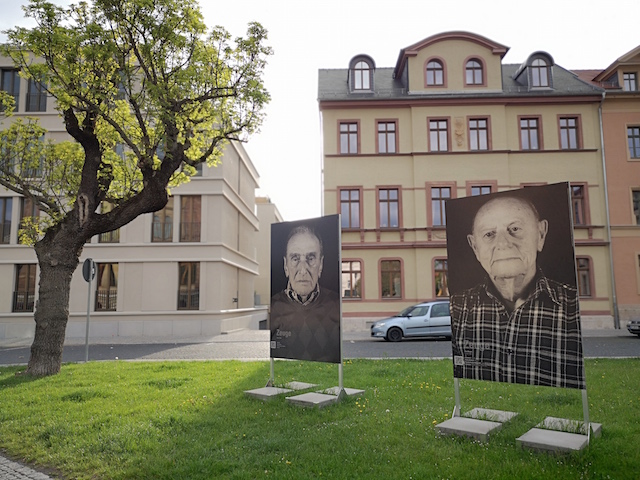
The photo exhibition has inspired other cities around the world which have followed suit with similar holocaust remembrance projects at public space like ‘Gegen das Vergessen’ (‘Against forgetting’) in the city of Vienna or ‘Lest We Forget’ in Boston, both by the German-Italian artist Luigi Toscano.
Unfortunately the portraits in Vienna were vandalized with hate crime several times. Not even three days after the opening, the pictures were cut for the first time with a knife, a few days later demoted with smears in the form of swastikas. But as the images were devastated extensively in the course of a third attack on the installation – again by knife cuts – a spontaneous action of protection by citizens aroused.
First of all volunteer helpers were camping in armchairs as well as the artists’ initiative Nesterval, which after a short time received support from youngCaritas and the Muslim Youth of Austria (who recently won a prize for its commitment to anti-Semitism). Also the Jewish student body and the Catholic youth were present. The non-profit associations voluntarily agreed to guard the exhibition around the clock until its end.
Holocaust remembrance projects at public spaces are deemed to give strength to civil society to stand up against any kind of racism, acknowledging that citizens have the power to change the course of history.
